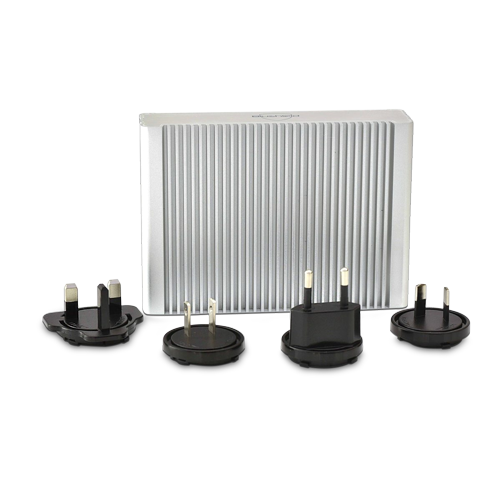This article discusses the topic of 5G radiation. It is a non-ionizing electromagnetic radiation. Since 5G radiation is tiny, it doesn't have the capacity to break the chemical bonds of biological tissues or cause any modifications to cells. It isn't known whether the effects of 5G radiation alter the risk of skin cancer. No evidence exists to suggest that it can cause other disease.
Millimeter-wave radiation with high frequency
High-frequency millimeter wave radiation emitted by mobile phones and wireless networks may cause health issues to humans. There are many ways this radiation could cause harm. In certain instances the radiation could cause damage to a person's DNA. In other instances, it may cause damage to other areas in the human body such as the brain.
Recent research has shown that 5G technology can cause thermal heating in tissues. This is why the International Council on Non-Ionizing Radiation Protection (ICNIRP) has called for a review of the existing safety standards for biological and thermal safety. The current standards of exposure don't protect people from overheated heat exposure when exposed to millimeter wave pulses.
Skin cancer risk
There isn't a definitive answer yet to the question of whether 5G radiation can cause skin cancer. It is however believed that 5G RF-EMFs behave as high-LET ionizing radiations. As 5g radiation effect , they can produce large amounts of free radicals in the skin. The FCC hasn't issued any specific guidelines about the risks of 5G technology. Consequently, the debate continues.
Although there has been a variety of studies regarding the impact of higher-frequency radio waves on the health of humans however, their research has been limited in scope. However, there is concern over the effects of millimeter-wavelength exposure on oxidative stress and gene expression. The effects could extend to the skin and other organs, such as the brain.
The impact of other diseases
The latest generation of technology for wireless, 5G, is rapidly gaining ground however, scientists are warning of its potential health risks. The technology will significantly increase the amount of electromagnetic radiation found in our environment. This is a problem that has sparked debates in many nations, including Switzerland. In 5g radiation effect and scientists have backed a motion to put an end to 5G deployment. 5g radiation effect was not heeded by the European Commission, which is responsible for regulating the use of 5G technology.

Therefore, more research is needed to determine the health impacts of 5G. While we wait research has shown that 5G doesn't cause the same negative effects in humans as the radiation from older mobile networks. It also does not spread the new coronavirus type. In addition, it does not make people more vulnerable to infections caused by viruses.
Exposure measurement
The measurement of the radiation exposure of 5G is an essential component of making sure that 5G networks are safe. There are two ways to determine exposure. One method is measuring the power of radio waves absorbed by human tissues. The other is measuring the amount of radiofrequency energy released from an object. Radiation frequency energy (RF) is an energy field that is emitted directly from radio receivers.
Within the United States, the FCC has implemented a limit on the power density of 5G mobile devices. The tests are able to determine power density at just a few inches, and it is the FCC does not require measurements of each beam. However, the power density of each beam can be determined through computer simulation. The most likely scenario is selected according to the design of each beam.
The study has its limitations
There's been plenty of discussion about the impact of 5G radiation on the health of people. For instance, the Swiss authorities, for example has released an assessment that concludes that the technology is not likely to cause health effects in the short-term, but there are no studies that have demonstrated long-term effects. However, this report has a variety of issues and bias in reporting.
The strength and frequency of radio waves that carry energy depend on the frequency. The energy that is carried by a millimetre waves will be similar to the current radio waves however they will be less visible and will be more suitable for environments with high density because they cannot be blocked by glass or walls. High-density urban areas would require a high number of tiny, low-power sites while suburban areas would benefit from 5G stations operating at lower frequencies.

